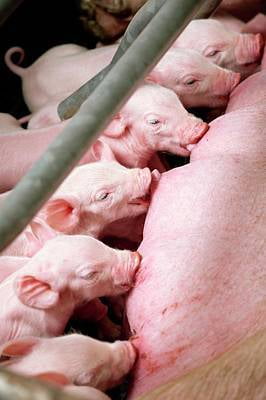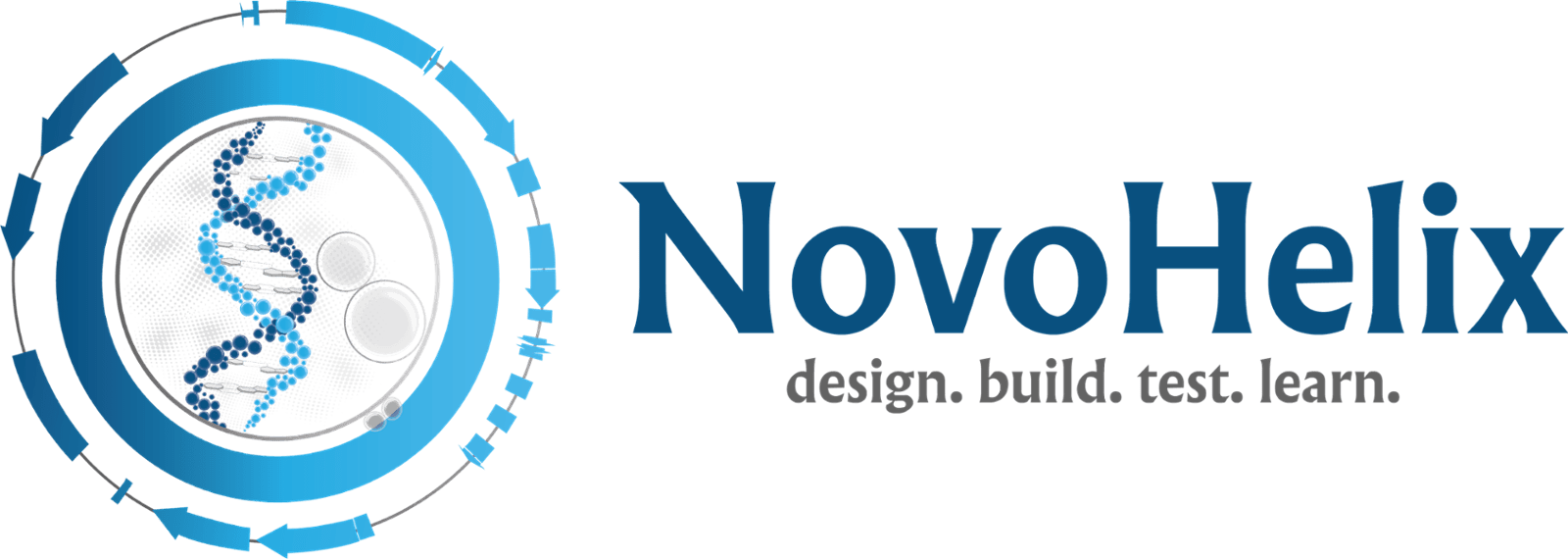The domestic pig has served as an important agricultural resource and as an excellent large biomedical model for translational research due to its anatomical size and similar physiology to humans. In contrast to mouse model generation, genetic modifications in pigs have been hampered because of the lack of characterized embryonic stem cells (ESCs), the extremely low efficiency of homologous recombination (HR) and time-consuming breeding programs necessary to produce biallelic genetically modified animals. The derivation of stable lines of embryonic stem cells from swine with germline transmission potential has been difficult to achieve in many labs. This technical obstacle precludes an ES-cell mediated route for animal model generation in the domestic pig. A recent noteworthy report originating from Pentao Liu’s laboratory has described the generation of expanded potential stem cells (EPSCs) from individual pig blastomeres that have analogous signaling requirements to human EPSCs and can successfully differentiate into primordial germ-like cells (PGCLCs). While derivation of these expanded potential stem cells represents an exciting milestone, at the time of writing, no live born chimeric EPSC piglets have been produced with demonstrated germline transmission (See Gao et al, 2019¹,²). Alternative approaches to generate porcine animal models such as genetic reprogramming with Yamanaka factors OCT4 (POU5F1), SOX2, KLF4 and c-MYC to induce nuclear reprogramming to naïve pluripotency have generally failed to produce stable, karotypically normal pig iPSC lines that are independent of the transgenic reprogramming factors. As such, porcine fibroblasts have been used generally as the target cells for gene editing because they are amenable to mammalian cloning by somatic cell nuclear transfer (SCNT) to generate pig biomedical models. In spite of the epigenetic barriers that impede reprogramming (Matoba & Zhang 2018³ ), mammalian cloning by SCNT has become the established gold-standard biotechnology for production of large animal models including cows, goats, pigs and sheep (Estrada et al 2008⁴).
For decades, targeted genetic modification in swine and other large biomedical models had been notoriously tricky because homology-directed repair (HDR) occurs at a such a low frequency (often 1 in 10,000) in fibroblasts in comparison to gene targeting frequencies in traditional mouse ES cells (~1 in 100). With the advent of site-specific gene editing tools, chiefly CRISPR-Cas, a DNA double-stranded break (DSB) is intentionally introduced at the target site to stimulate homologous recombination (HR) with a frequency 50-1000-fold higher at the intended locus. This increased HR activity results in a high rate of modification and, thus, reduces the number of fibroblast colonies to be screened by long-range PCR for the targeted allele. The CRISPR-Cas technological platform accelerates the potential for seamless modifications by gene knockout and knockin. Indeed, recent genome engineering efforts in the domestic pig have inactivated multiple immune targets and all 62 copies of porcine endogenous retroviruses (PERVs) with the goal that swine organs such as the heart or kidneys can be tolerated without humoral rejection and transmission of pathogens to humans (Fischer et al 2016⁵ & Niu et al 2017⁶). Multiple companies including NovoHelix are advancing porcine xenotransplantation efforts to alleviate the shortage of donor organs for transplantation into humans. At NovoHelix, we have optimized gene editing techniques to address the critical need for large animal models across a variety of disciplines in biomedicine and translational research. Please contact us through our online quoting system for project quotes and consultation.



